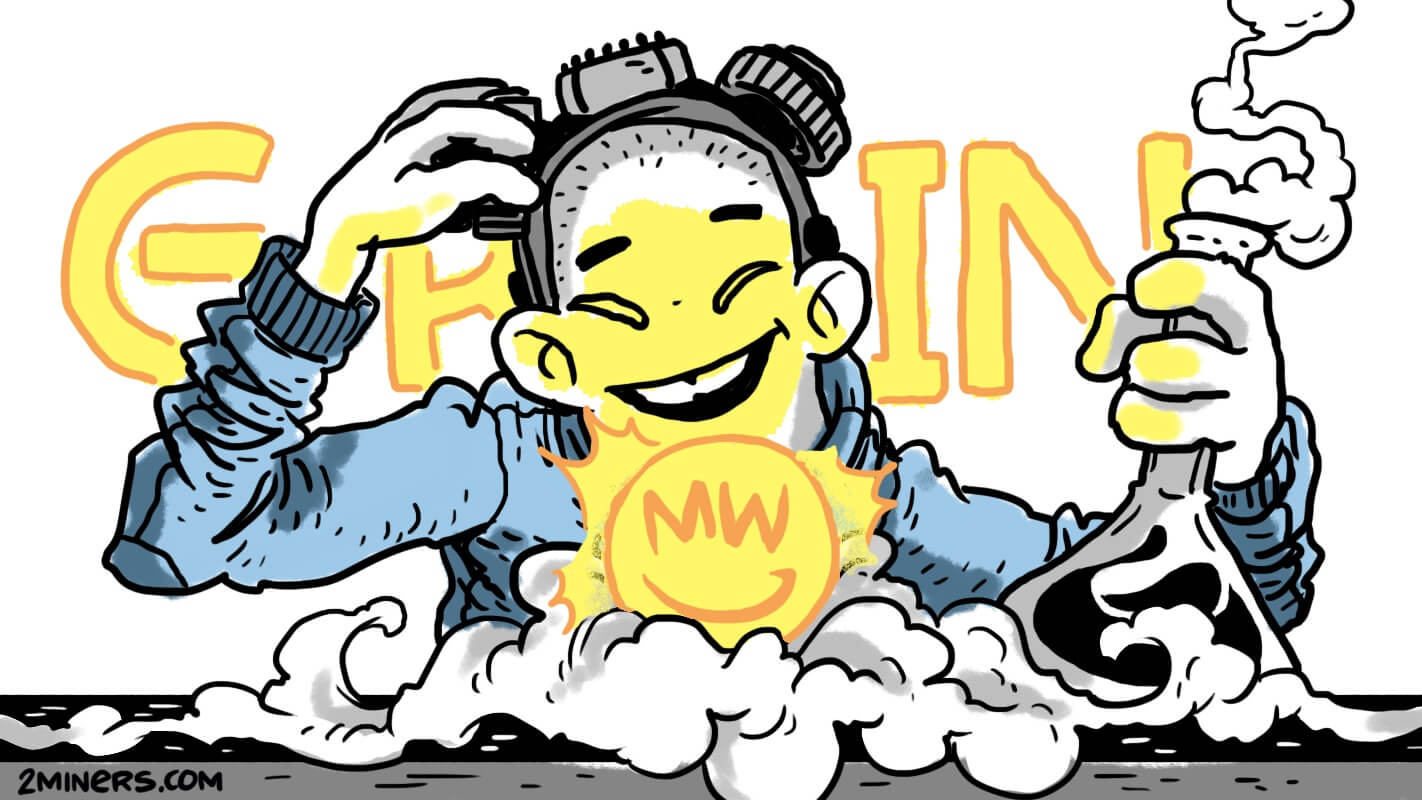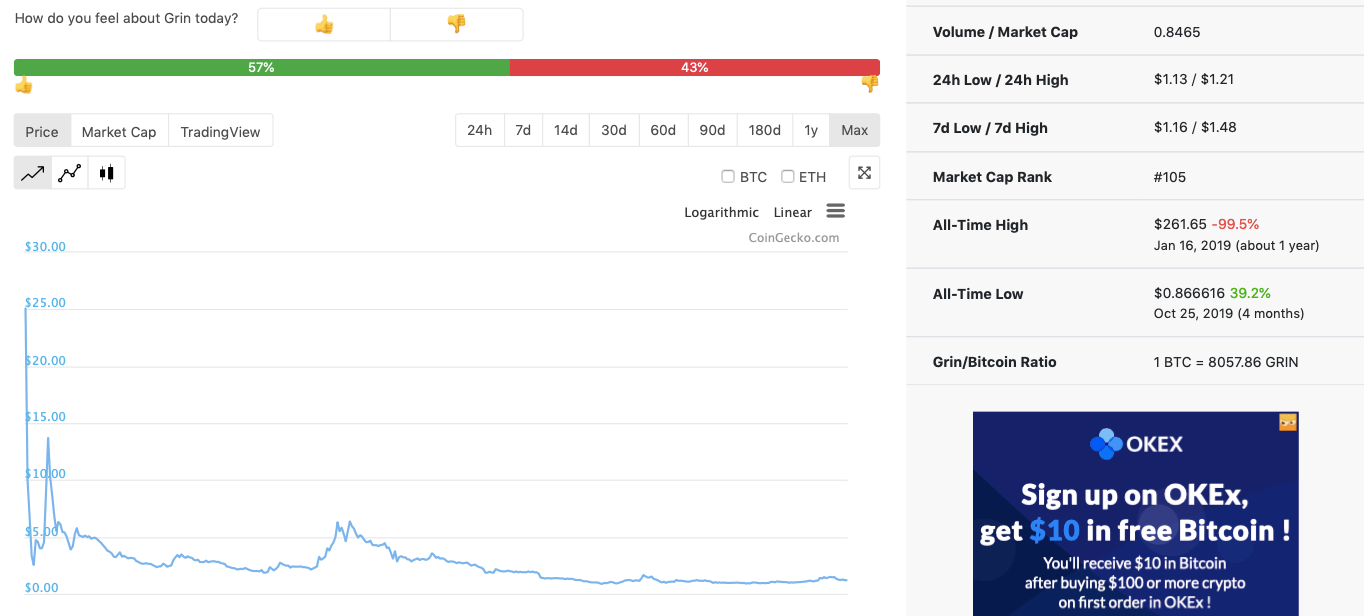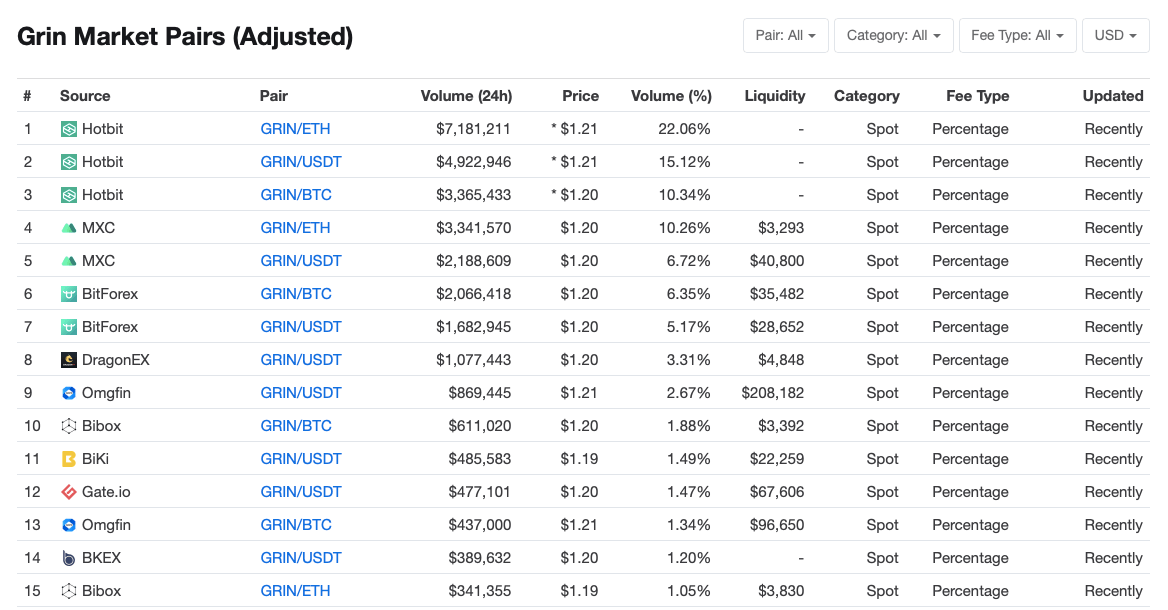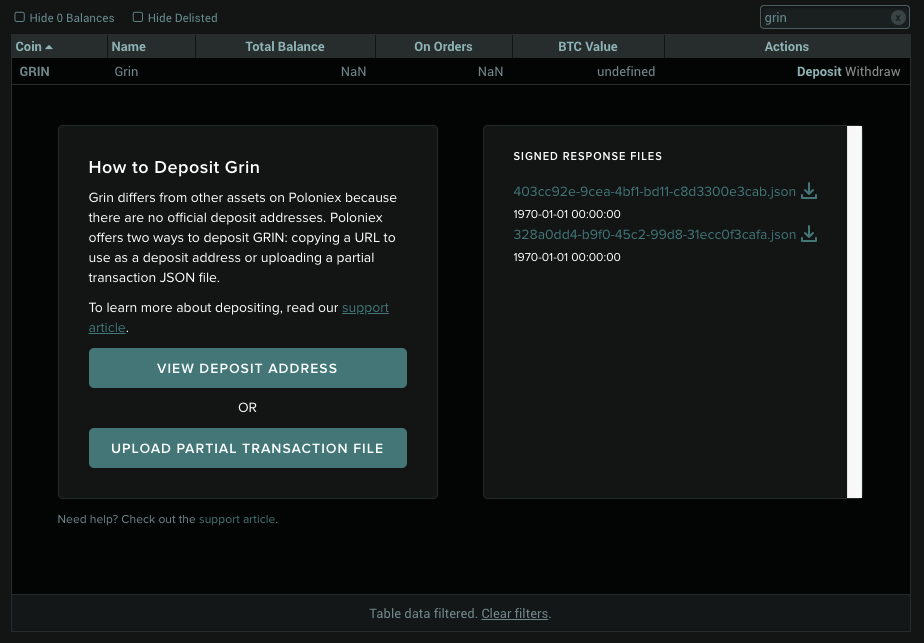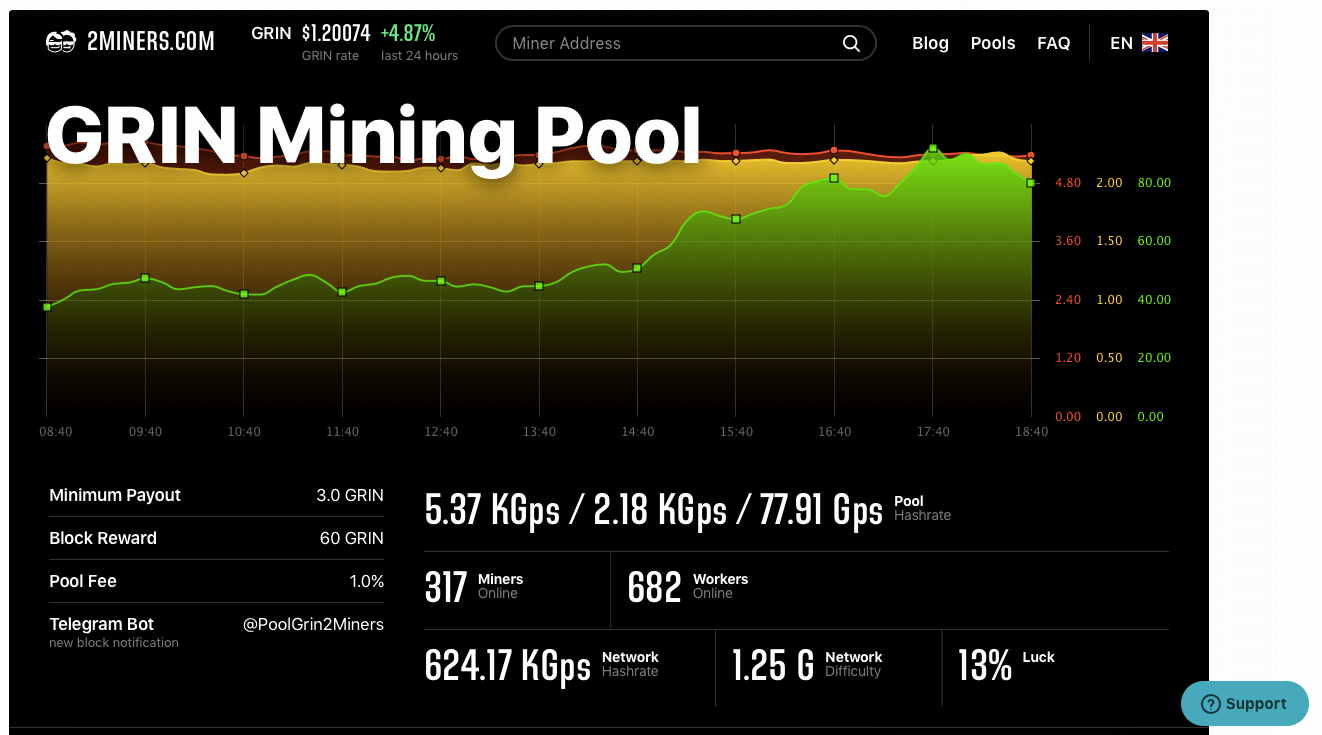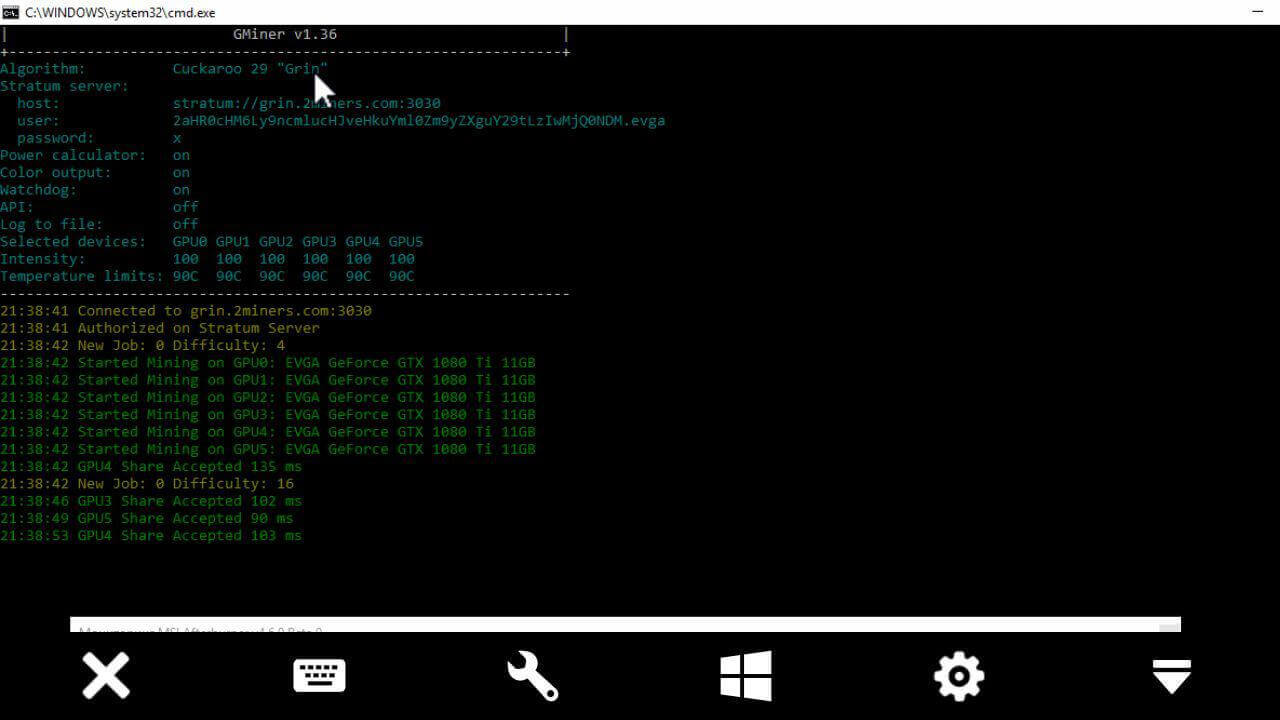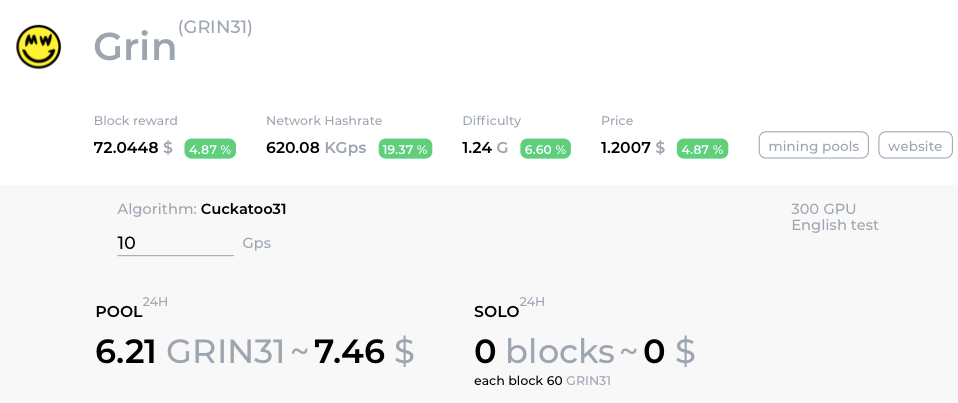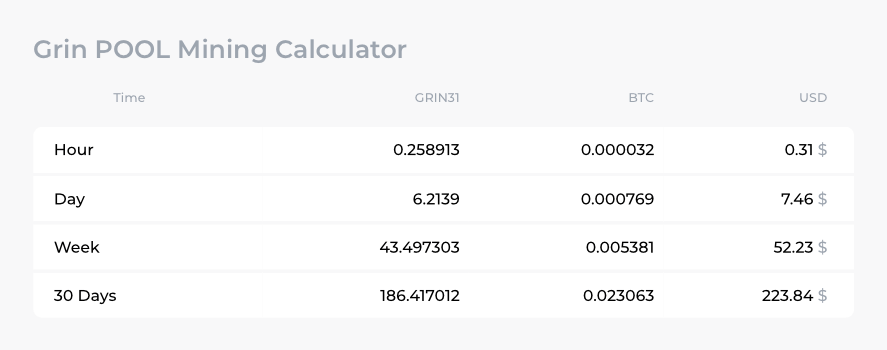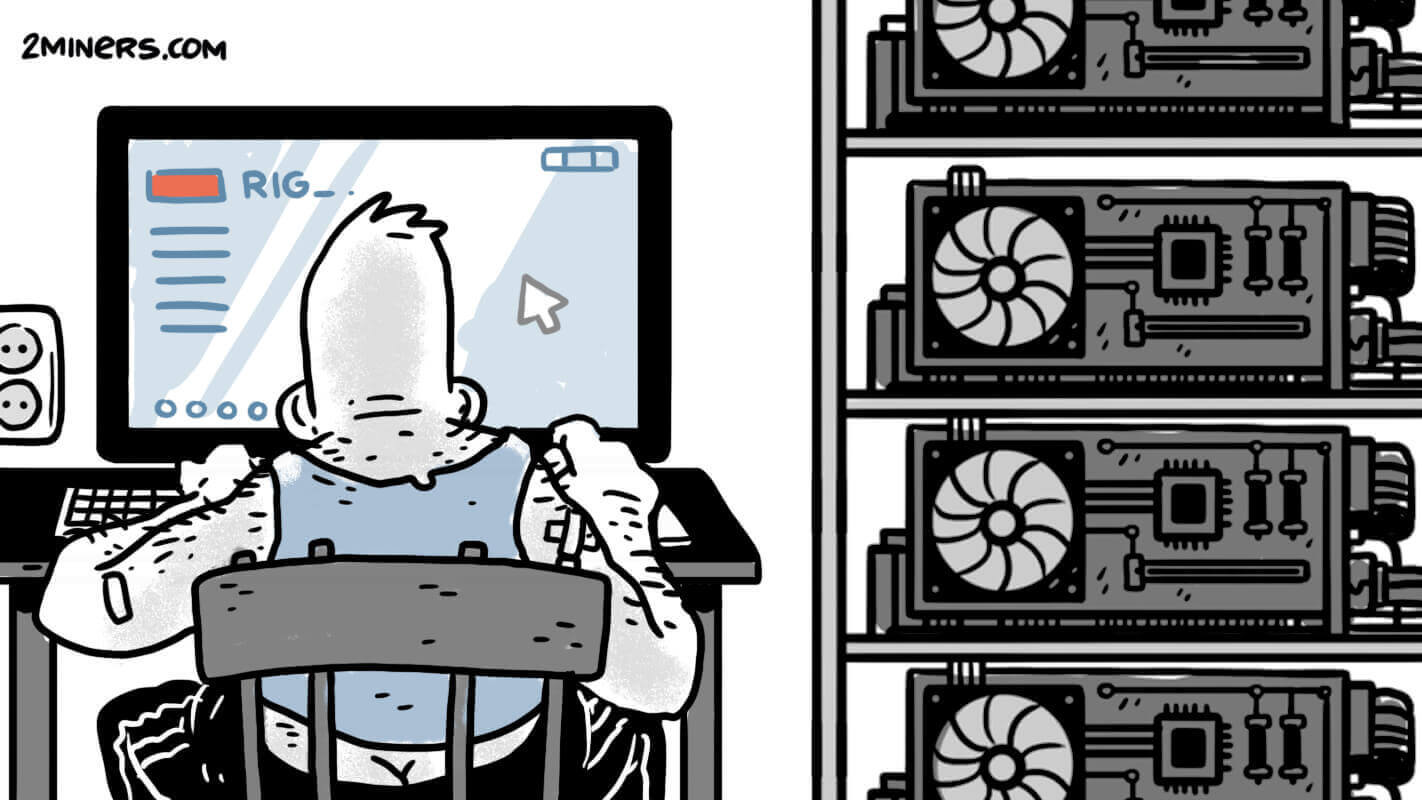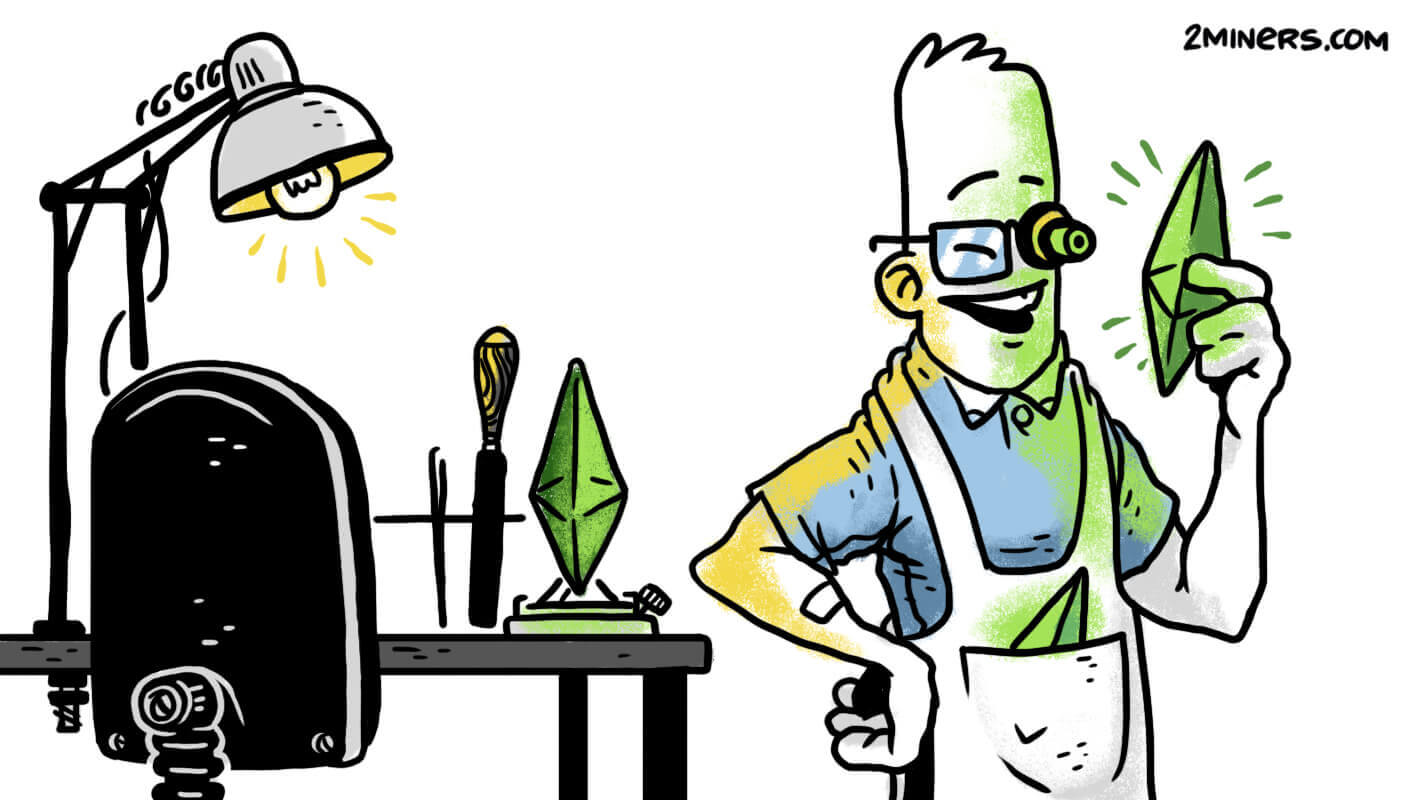The year 2019 has made us believe in another bull run. And it’s not just about the rise of Bitcoin above $4,000, but also about new projects. Grin is the one that stands out. It’s the private cryptocurrency with a lite blockchain, and it’s been in the news ever since the mainnet launch on January 15.
This video will help by the way.
Contents
What Is Grin?
Grin is a privacy-focused cryptocurrency. Its developers want to make electronic transactions available to everyone, without censorship or restrictions of any kind. Users abilities, as well as their country of living or cultural differences, shouldn’t be of any importance to the matter. The team pointed out that they want their project to be long-lasting.
Grin hides addresses and transaction sums. To do it, the platform sends data about new transactions among peers privately. This process is called a “random walk.”
Blocks in the network don’t contain any information about transactions. Each of them looks like one huge transaction.
What Is MimbleWimble? Grin’s Main Features
MimbleWimble is a privacy protocol used by Grin. Before creating it, developers mapped out several tasks:
- make the blockchain more spacious as compared to Bitcoin without the constant increase in size;
- maintain the ability to hold a comprehensive inspection;
- add private transactions feature.
To fulfill these tasks, developers removed Bitcoin Script and made slight changes to Greg Maxwell’s concept of private transactions, who is also famous for creating CoinJoin. You will find more details on the project’s white paper. By the way, it dated July 19, 2016. It means that developers have been working on the project for quite some time and have plainly put some serious thoughts into it.
The main feature of MimbleWimble is the ability to get rid of the significant part of data about old transactions. This feature secures the project against collapsing because of its own weight in a couple of years. Besides, users won’t have to spend several days to download the blockchain.
Grin Funding
Grin is an open-source project that is being developed by programmers all around the world. It is not controlled by companies, funds or any free-standing individual.
The cryptocurrency launch was very fair – no initial token placements were held. There was also no pre-mining, and developers don’t get the share of block reward.
Sounds great, but sometimes such business model can cause problems. At the beginning of February Grin’s leading developer known under the name of Igno Peverell was trying to collect money to support their work. People weren’t donating as much as he hoped for, so the project’s speaker complained about the community. As a result, they managed to collect 55 thousand euro they needed.
You can support Grin any time on the official website of the project.
Grin Performance
As of February 21st 2020 Grin is traded at $1.2, with the market cap at $41.51 million. The 24-hour trading volume is also very high – about $32 millions. The cryptocurrency appeared on the platform on January 27. It is now ranked 110th in the world.
According to CoinGecko, the peak price was reached on January 16, right after the mainnet launch, amounting to $261. Since then the exchange rate decreased by 99%.
Where To Buy Grin. Exchanges
Grin is available on many exchanges. The leading platform is Hotbit that accounts for 47% of all trading in the last 24 hours in GRIN/BTC, GRIN/ETH, and GRIN/USDT pairs. There are also Gate.io, MXC and a couple of other platforms.
Wallet for GRIN
For both mining and storage purposes we recommend you only the Grin++ wallet. It is constantly supported and it works like a charm.
Official Grin wallet is terrible. It doesn’t even feature a basic GUI interface that other wallets usually have. A command-line interface handles transactions and creating files.
First, you should download necessary files using this link and launch the node. You will find directions for Linux (x86-64) and MacOS here. There are just a few commands, so you shouldn’t have any problems at this stage.
Although you might have them after the wallet launch. First, initiate the database of the wallet and create a secret seed file. To do this, use the following command in the console:
grin wallet init
Now you should protect the file with a password. It will be requested every time the wallet is used, so make sure to remember the combination. Here is what it all looks like:
File /home/yeastplume/.grin/grin-wallet.toml configured and created
Please enter a password for your new wallet
Password:
Confirm Password:
The wallet must interact with the node that has to be fully synchronized. Use the following command to switch:
grin wallet -r https://some_public_node.org:3413 info
By the way, you can replace “-r” with “—api_server_address”.
To send coins, create a transaction file using the following command:
grin wallet send -m file -d my_grin_transaction.tx 10.25
It will create my_grin_transaction.tx file in the corresponding directory. Then you should send it to the recipient via email, FTP, etc. Then it’s the other side’s turn to act.
The complete list of commands, as well as detailed instructions on sending and receiving funds are on this page on Github.
Luckily, exchanges have more user-friendly interfaces. Let’s take Poloniex as an example. One of the ways to refill your account balance is URL deposit. It looks much more simple:
gate.io exchange has upgraded its Grin wallet and now they have a slatepack address for Grin. The address is absolutely the same for everybody! They give a special memo number for each of the users. You can not deposit any amount of Grin you want. You need to deposit the amount ending with your memo number. For example, the Grin address on gate.io is always grin1n26np6apy07576qx6yz4qayuwxcpjvl87a2mjv3jpk6mnyz8y4vq65ahjm.
Let’s say your memo is 456789. That means you could only deposit 100.456789 Grin or 345.456789 Grin etc. Read more.
In simple words, you still need to mine to Grin++ wallet. Then you could transfer your coins to gate.io but please pay attention to how does the deposit work.
Grin Mining
UPD: Grin v5.0.0 hard fork has happened at block 1 048 320.
Grin got plenty of hype in the media, even without the popular buzz words like PoS and masternodes. The coin uses the concept called Cuckoo Cycle. It’s a combination of two PoW algorithms: CuckARood and CuckAToo. The former is for GPU mining and is ASIC resistant, and the latter is explicitly designed for ASICs.
The difference between the algorithms is in the Graph Size, which shows the GPU memory required for mining. This value is 2^29 for CuckARoo and 2^31 for CuckAToo. 6GB of video memory is needed for CuckARoo, 11 GB for CuckAToo. Obviously, if your GPU has 5.5-10.5 GB memory, you could mine cuckaroo_cuda_29 (C29) only. If you have a high-end GPU with 11 GB of memory or more you could have mined all the algorithms: C29, C31 and C32.
Please pay attention that currently only the CuckatooC32 algorithm is supported in Grin network.
Block time in the network is around 60 seconds. Mining difficulty, as usual, depends on network hashrate variations. Block reward is 60 coins.
Grin Mining Software
1060 6Gb, 1070ti, 1080, 1080ti series and the whole 20XX line work without any issues. AMD cards are supported as well thanks to OpenCL, but their performance, for now, leaves much to be desired.
We recommend using Gminer for Nvidia and lolMiner for AMD.
Where to Mine Grin
We recommend mining Grin on the 2Miners mining pool. We offer stable payout, over 60,000 miners online, and a user-friendly interface. You can mine in PPLNS and SOLO mode.
Only Cuckatoo C32 is supported. Previously our pool detected the algorithm you set in your miner automatically and provides the job required. Now it is not required anymore as only one algorithm has been left.
Hashrate of the networks is shown for Cuckatoo 32 algorithm, obviously.
Please have a look at the help page before you start.
How to Start Grin Mining
UPD: we recommend to use the latest version of Gminer for Nvidia GPUs to mine Grin after hardfork. You can download it here or get ready to go version of the GPU miner. Archive password – 2miners. If you have AMD GPUs then use lolMiner.
Only so-called slatepack addresses are supported after the Grin v5.0.0 hardfork. We recommend you Grin++ wallet. It is the only wallet that 100% works. It is mandatory to always keep your local GRIN wallet online to receive the payouts from the pool.
Download the mining software. Quickstart – Download ready to go version of the GPU Miner (archive password – 2miners).
C29 and C31 algorithms were terminated, only C32 is active.
Gminer settings for CuckAtoo-32:
miner.exe --algo grin32 --server grin.2miners.l1q3urman.workers.dev --port 3030 --user YOUR_WALLET_ADDRESS.RIG_ID pause
lolMiner settings for CuckAtoo-32:
lolMiner.exe --coin GRIN-C32 --pool grin.2miners.l1q3urman.workers.dev --port 3030 --user YOUR_WALLET_ADDRESS.RIG_ID --pass x pause
Nicehash and MiningRigRentals Grin Settings
2Miners fully supports Nicehash and MiningRigRentals hashing power rental services.
Nicehash settings for PPLNS pool:
ALGORITHM: GrinCuckatoo32
POOL HOST: grin.2miners.l1q3urman.workers.dev:3030
WORKERNAME (-U): YOUR_LOGIN
PASSWORD (-P): x
MiningRigRentals for PPLNS pool:
ALGORITHM: Cuckatoo 32 (Grin)
POOL HOST: grin.2miners.l1q3urman.workers.dev:3030
WORKERNAME (-U): YOUR_LOGIN
PASSWORD (-P): x
If you want to mine in SOLO mode please change grin.2miners.l1q3urman.workers.dev:3030 to solo-grin.2miners.l1q3urman.workers.dev:4040.
Mining Profitability
Let’s go to 2CryptoCalc and enter the required values. The rig of 8 Nvidia GeForce 1080 Ti cards on Cuckatoo-31 algorithm gives out at least 10 gps.
The rig should bring a little over $7.4 per day and $223 — per month.
Conclusion
Grin has become this year’s blessing. In one and a half month in the mainnet, its price has dropped tremendously, but it still has plenty of potentials. The project offers full anonymity to its users, while its cyberpunk undertones are truly pleasing. Creating transaction files and sending them to the recipient – what could be more romantic.
Moreover, it boasts independency from major funds and strong support from the community. Because its interface is so complicated, Grin is unlikely to become as popular as Bitcoin soon, but it surely stands out against other coins. And that’s definitely a plus.
